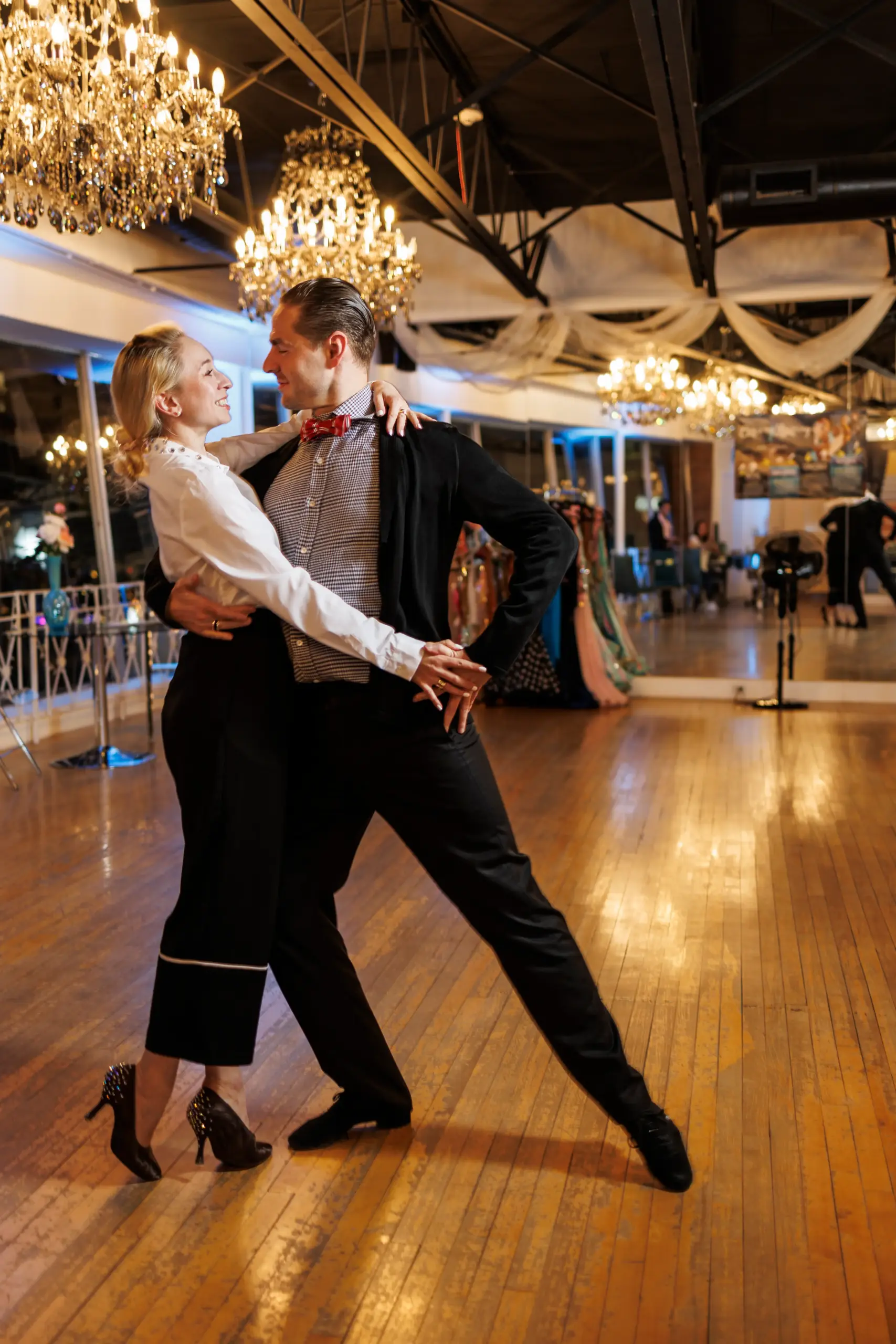Miami-based Arthur Murray International continues to expand its global franchise
By Yousra Benkirane
The first evidence of dancing comes from 9,000-year-old cave paintings in India. Arthur Murray International isn’t quite that old. But for the last century, the company has played a significant role in revolutionizing the dance industry around the world.
Back in 1925, Arthur Murray never expected that his two New York studios would turn into a multimillion-dollar global franchise. But by the end of the 1960s, some 20 years after he incorporated in 1946, there were 72 franchised studios grossing nearly $20 million a year. The following decade, Murray’s company began expanding internationally, prompted by a group of franchisees who had taken over ownership and management. Today, Arthur Murray has 260 locations in 25 countries and total revenues reached $190 million last year.
Much of the credit for the dance company’s recent expansion – and for putting the U.S. on the global dance map – goes to John Kimmins, president of Arthur Murray International since 2007. “[Kimmins] gave a lot of people the opportunity to come to the U.S. to train, and because of those people, America is now a leading country in dance,” says Rudy Homm, franchisee of the Miami studio (based in the suburb of Coral Gables), one of the last opened by Murray himself before he passed away in 1991.
Indeed, the dance company has always pushed to transcend borders, even back in the 1950s when Murray regularly taught and broadcasted in Cuba. And while the U.S. has made its own contributions to modern dance, introducing such styles as swing, tap, and the square dance, at Arthur Murray it’s always been important to grant opportunities to dancers from around the world. Often, individual studios will sponsor experienced dance instructors to come to the U.S., providing accommodations for the first six months after their arrival.
Another reason for the global conglomerate’s lasting success is the tradition of entrepreneurial endeavors in advertising and franchising passed down from Arthur Murray. “That man was a great innovator,” says Kimmins, beginning with Murray’s 1920s mail-order business headlined, “Learn to Dance at Home,” which used a toy moving-picture device to teach customers. He then came up with the idea of the “footprints” style of teaching dance, now an Arthur Murray trademark, using footprint diagrams to show students exactly where and how to place their feet. And in 1923, Murray placed an ad entitled “How I Became Popular Overnight” in a national magazine and received 37,000 replies.
That same spirit of inventiveness also applies to the dancing itself, which is routinely updated with new styles to stay current. “We’ve always had a tradition of innovation,” says Kimmins, who is a world-renowned dancer himself. “If we see something new happening dance-wise, we jump on it and get it out to our studios.” The Miami headquarters provides the new content for the studios, which then learn it and train their instructors, creating a consistent global product.

Each studio is owned and operated by a franchisee, who must have extensive experience as a dancer and knowledge of the business to be granted their own location. Safwat Gerges, for example, is an Egypt-born New Yorker who has opened five studios in New York, one in Cairo, and another in Dubai. Coral Gables studio co-owner Katia Kanefskaya and Homm, her dance-slash-business partner, are among the top dancers in the world. One resilient Ukrainian dancer has been able to keep her studio open in Kyiv despite the ongoing war, alongside her studio in Warsaw, Poland. Kimmins keeps tabs on all the studios through a weekly performance report that details the studios’ progress – what he calls his personal Bible.

Students sign up for lessons for different reasons. Couples come in to learn ballroom dancing for their wedding, or because they are looking for an alternative method of exercising. One patron was determined to learn the cha cha for a competition on his upcoming singles cruise. All of them were able to learn at Arthur Murray.
“Miami is a cultural crossroads for everybody, and they all find a common interest in dancing,” Kimmins says, describing one reason the company decided to relocate its headquarters from New York to Miami decades ago. Now, with the gateway to Latin America as its HQ, Arthur Murray International is hoping to expand even more in South America, specifically to Brazil and Argentina. “I would like to see our studios grow from having three in South America to 20 in the next two years,” Kimmins says. Plans are also afoot (no pun intended) for expansion into China, and for opening six studios in Russia, post-war. “That might just be me being overly optimistic though,” Kimmins admitted.












